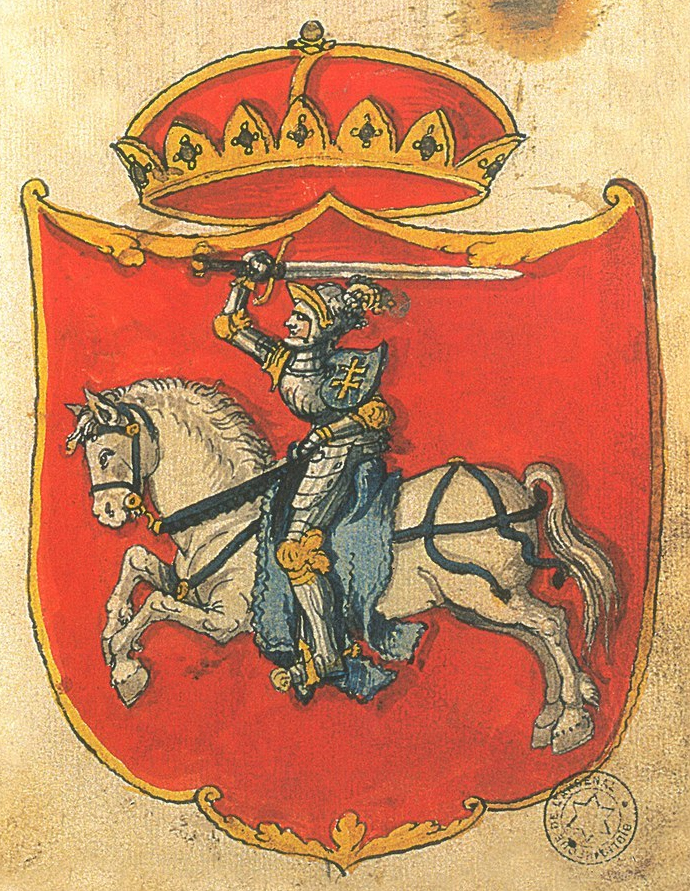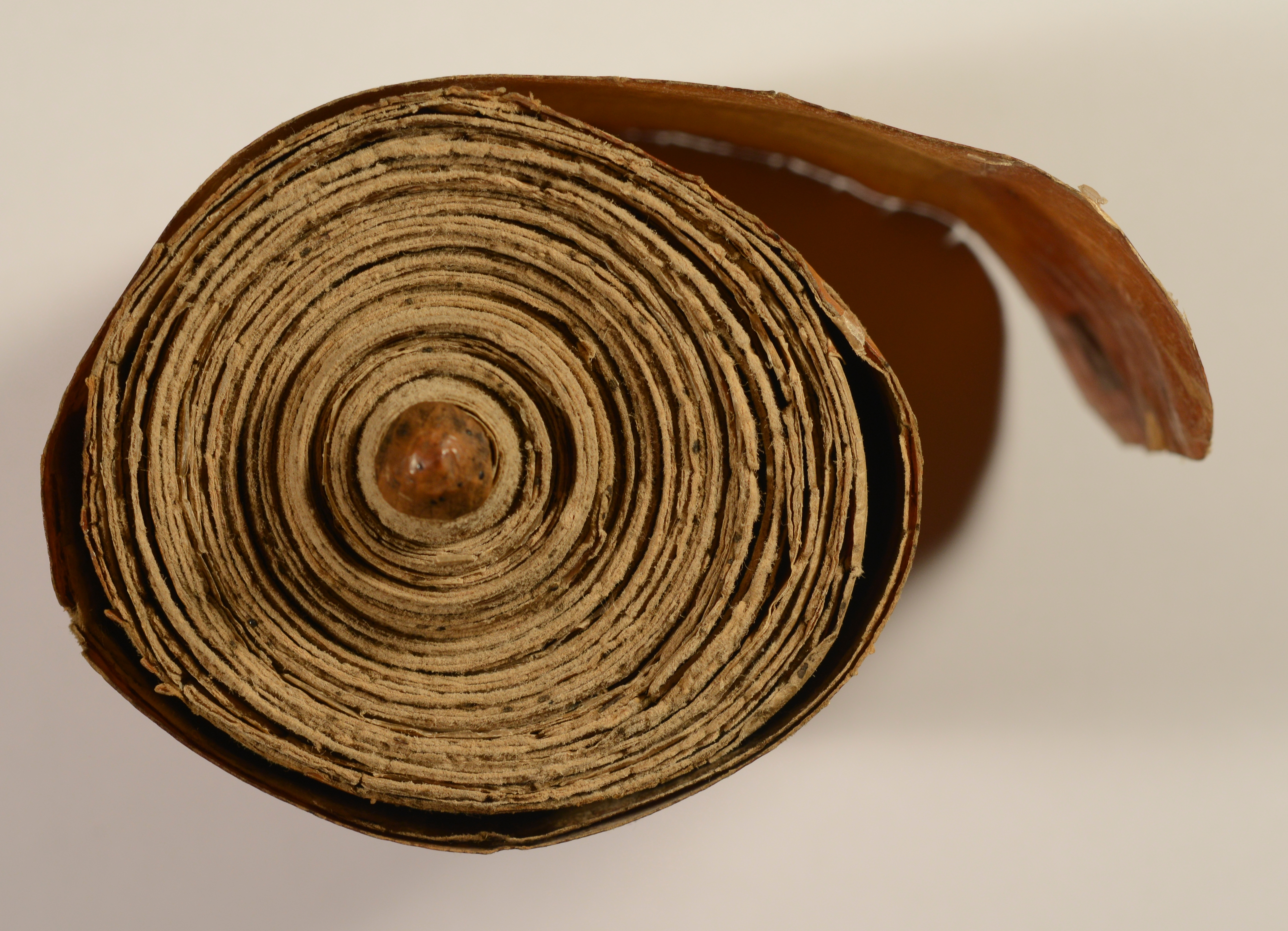ISSUES OF TEXTUAL CRITICISM AND POETICS OF OLD RUSSIAN LITERATURE
One of the significant cultural changes taking place in Early Modern Russia was the development of portraiture influenced by the artistic tastes of Western Europe. Among the well-known examples of such portraits (generally termed parsuny) are equestrian portraits of Tsars Mikhail Fedorovich and Aleksei Mikhailovich. There is a consensus that these images were painted in the 1670s or early 1680s, most probably by artists working in the Moscow Armory (Oruzheinaia palata) who also were illustrating the Tituliarnik, first produced in 1672 and known in subsequent presentation copies. Scholarly analysis of the royal equine portraits has focused on the depictions of the tsars. However, little attention has been devoted to the horses on which they ride and the possible sources for the equine imagery. This article focuses on the horses and argues that the artists who depicted them may well have been inspired at least in part by the elegant engravings in Antoine de Pluvinel’s book on equitation. The Pluvinel books (two different editions) had been obtained in Moscow and were the source for Russian translations whose presentation manuscript copies were illustrated the original engravings and illuminated by the artists in the Kremlin’s royal workshop.
The article introduces into scientific circulation another edition of the “Life of Metropolitan Philip”, which belongs to the pen of Archimandrite Tikhon, the creator of the Latukhin Book of Royal Degrees. As a result of textual analysis, it was found that in 1676 the author used as the main source the text of the Synaxarion version of the Life, which had already been published twice (in 1639 and 1675). Although in most of the Life the similarities with the source are verbatim, fundamental changes were made in its compositional completion: the final fragments of the Synaxation version were excluded. Instead, 3 new episodes were added, two of which (the execution of Mikhail Kolychev and the sending of his head to the imprisoned Metropolitan Philip and a short narration about the punishment of the slanderers of the saint) came from a rare version of the Life from the Milyutin’s Menology. The most significant semantic changes occurred after the appearance of the final fragment of the new edition: the protopope of the Annunciation Cathedral Eustathius, the confessor of the tsar, according to the main versions of the monument, is one of the main persecutors of Philip, becomes a “proponent” of the saint and is betrayed by Ivan the Terrible to a painful execution: thrown under the ice into the Moskva River. However, despite his miraculous rescue (after almost 1.5 km he came out of the ice hole alive), tsar ordered him to be thrown under the ice again. Thus, the death of the high priest and tsar’s confessor deprives the whole tsardom of protection, which confirms the story following this text about the death of Novgorod.
The features of the presentation of events with the participation of Russian princes of the first half of the 12th century in the Kroynika Slavyano-russkaya (Slavonic and Ruthenian Chronicle), a monument of the 17th century, are considered. The Tobolsk copy, stored in the State Archive of the Tyumen Region in Tobolsk, was used. The originality of the stories revealing the history of the Kyiv reigns in the Chronograph is revealed through a comparative analysis with the Hypatian Chronicle (according to the Khlebnikov copy), which was used as one of the sources in its compilation. The plots dedicated to Vladimir Monomakh and his descendants are considered. The use of Polish sources by the compiler of the Chronograph led to a re-emphasis of the narrative: it turned out to represent the interests of parties hostile to the Kyivan princes. This led to emphasizing other features in the images of Russian princes compared to how they are presented in the chronicle text. The inclusion of stories dedicated to the great Russian princes in the broad context of relations between Rus’ and Poland makes the Chronograph a valuable source for replenishing knowledge of Russian history of the first half of the 12th century.
LINGUISTIC SOURCE STUDIES
The article represents the experience of philological research of the translation of the Vita of St. John Climacus, performed by St. Paisius Velichkovsky. The material for analysis was the translator’s draft autograph – manuscript No. 285 from the collection of the Neamt Monastery. The sources of the translation have been identified: this is a Greek-Latin edition (Paris, 1633), a Russian edition (M., 1647), a manuscript of an early Greek version, a manuscript of a Serbian translation and a Slavic manuscript of a translation unknown to me. The functional load of 14 marginalia of the manuscript is described. A textual analysis was carried out, which showed the absence of omissions, 4 inversions and 26 insertions, among which the vast majority are demonstrative pronouns. A hypothesis has been put forward that, following the word-by-word principle of translation, St. Paisius translated Greek articles with demonstrative pronouns. Examples are given that show the main distinctive feature of the translation of the St. Paisius – literal adherence to the structure of the translated text. There have been cases when a translator discovers hidden meanings in lexemes that require special theological knowledge. I identified 9 lexemes that are missing in the dictionaries of the Church Slavonic language. Examples are given of borrowing translation solutions from St. Paisius by the authors of later translations of the Vita of St. John Climacus: D.R. Ulyaninsky, Saint Ignatius Brianchaninov, P.S. Delitsyn and Optina elders.
The St. Petersburg Corpus of Hagiographic Texts (SCAT), maintained by the Department of Mathematical Linguistics of St. Petersburg State University, contains 22 lives of Northern Russian saints of 15th–17th centuries. XML mark–up is being introduced in the text allowing, in particular, to analyze their structure elements. Eight texts are provided with content structure markup, reflecting the division of texts into chapters and smaller elements. Since almost all texts in the corpus describe lives of monastery founders, it was possible to discover the principles of plot development common for the texts of this kind. Yet two of the marked–up texts are different from the other six, as they tell lives of wonderworkers, i. e. describe a different type of endeavor. Comparing the texts of two types allows us not only to analyze differences but also to find common content structure elements typical for all the texts.
ARCHAEOGRAPHY OF BOOK MONUMENTS
The article is devoted to Armenian amulets in scroll, which are stored in state (Matenadaran – Research Institute of Ancient Manuscripts named after Mesrop Mashtots (Armenia), Cathedral of the Holy Savior in New Julfa (Iran), Libraries of Mekhitarists’ Congregations (Italy, Austria), British Library (England), etc.) and private collections, and date back to the 15th–20th centuries. The article provides an explanation of the Armenian word amulet (h)mail, and synonyms that appear in the colophons of amulets. An overview of the famous collections of Armenian amulets in scroll is provided. The problems of attribution of miniatures and the features of the artistic design of amulets are considered. Physical parameters (length, width, materials, special cases in which the scrolls were placed...) and codicological characteristics (dating, scriptorias, scribes, miniaturists, content of prayers and artistic design) are presented, which are the result of about 15 years research.
The article is devoted to a review of Old Russian manuscripts of the homily on the Nativity of Christ (incipit “Now is for dilapidation of my nature renewal is coming”) attributed to St. John Chrysostom. The homily is based on John Chrysostom’s 6th Discourse on the Gospel of Matthew and his Sermon on the Beating of the Infants in Bethlehem. The Homily textually influenced the creation of the interpolated version of the “Tale of Aphroditian”, the insertions in the Slavonic version of Josephus Flavius’ “Jewish War”, the Old Russian sermon for Christmas (incipit “Lord Jesus is born”), and others. We have identified 103 manuscripts containing this monument, 79 of which are being used for the first time. The sermon is part of the stable content of Panegyrica of the I and II types according to the classification of T.V. Chertoritskaya and was regularly transcribed until the beginning of the 20th century. The “Sermon on the Epiphany of the Lord” by Julian of Tavium, a homily of the 5th century, the Greek original of which has not discovered yet, is regularly found in the same cycle with this monument. The convoy, the prevalence of the homily and its connections with other works suggest that the Sermon “Now is for my nature” is a Byzantine work of oratorical art, represented only in Slavonic manuscripts.
The article examines a history of the sermon of Metropolitan of Ryazan and Murom Stefan Yavorsky Trost’, vetrom koleblema (“A reed shaken with the wind”), delivered on November 12, 1708 before the anathematization of Hetman I. S. Mazepa. The text of the sermon is published for the first time based on the author’s autograph from the collection of manuscripts of the Synod of the Russian State Historical Archive in the Appendix. A comparison of the original text with the publication of a later copy, undertaken in the “Proceedings of the Kyiv Theological Academy” in 1865, demonstrated that the editor of the sermon made significant changes to Yavorsky’s intention, which were reflected in the subsequent existence of the text. The study proved that the editor of the text was a church leader and court panegyrist Gavriil Buzhinskiy, who, when correcting the text, used commonplaces characteristic of his works (in particular, a comparison of the traitors of the Peter the Great era and the son of Tsar David Absalom). Among the goals of the editing was to bring the text into conformity with Peter’s unrealized plan for a collection of sermons dedicated to the events of the Northern War. The article substantiates the hypothesis that the text edited by Buzhinskiy was at the disposal of the author of the poems “on behalf of all Russia”, which, based on textual overlaps, are usually attributed to Stefan Yavorsky









